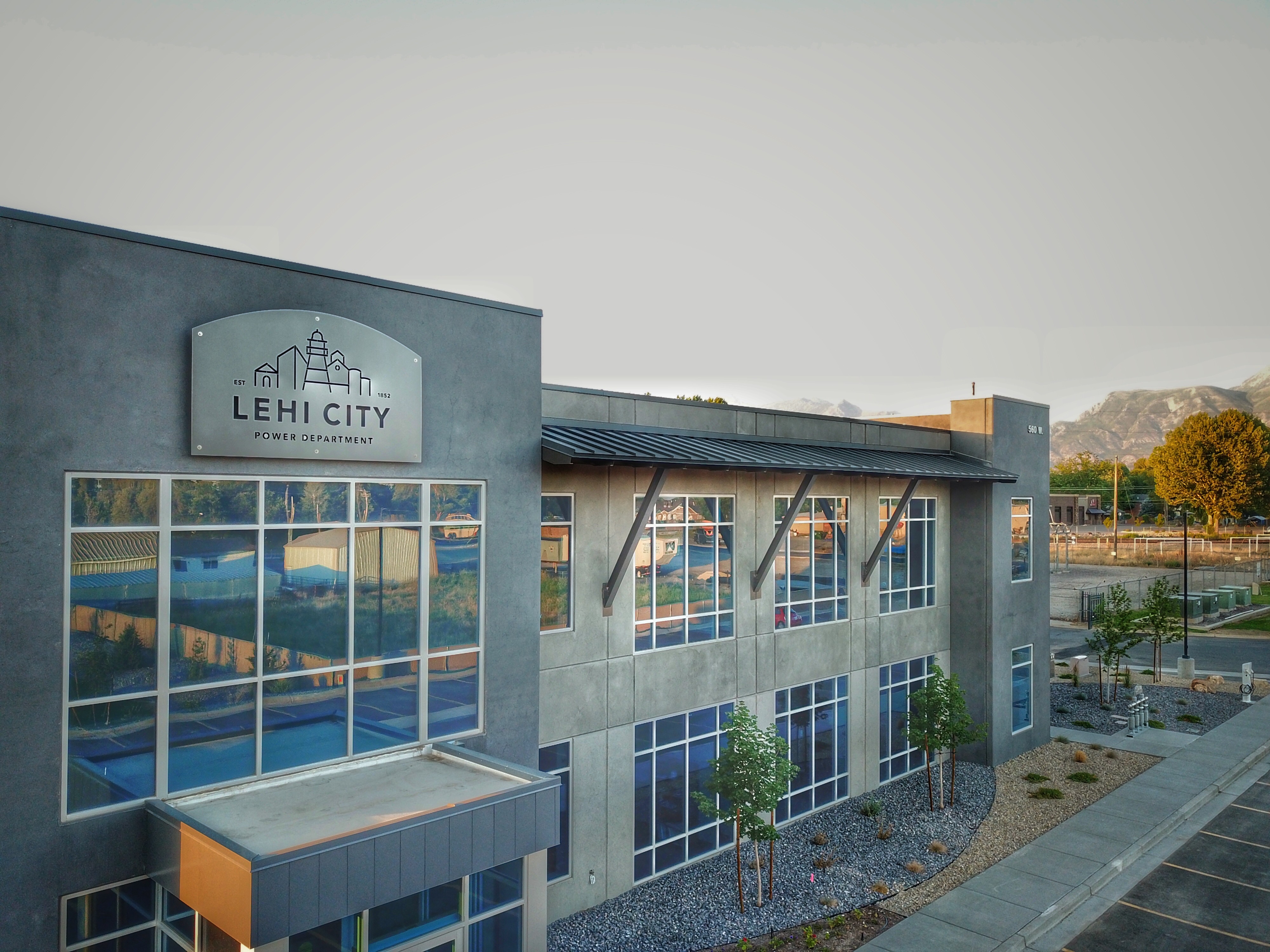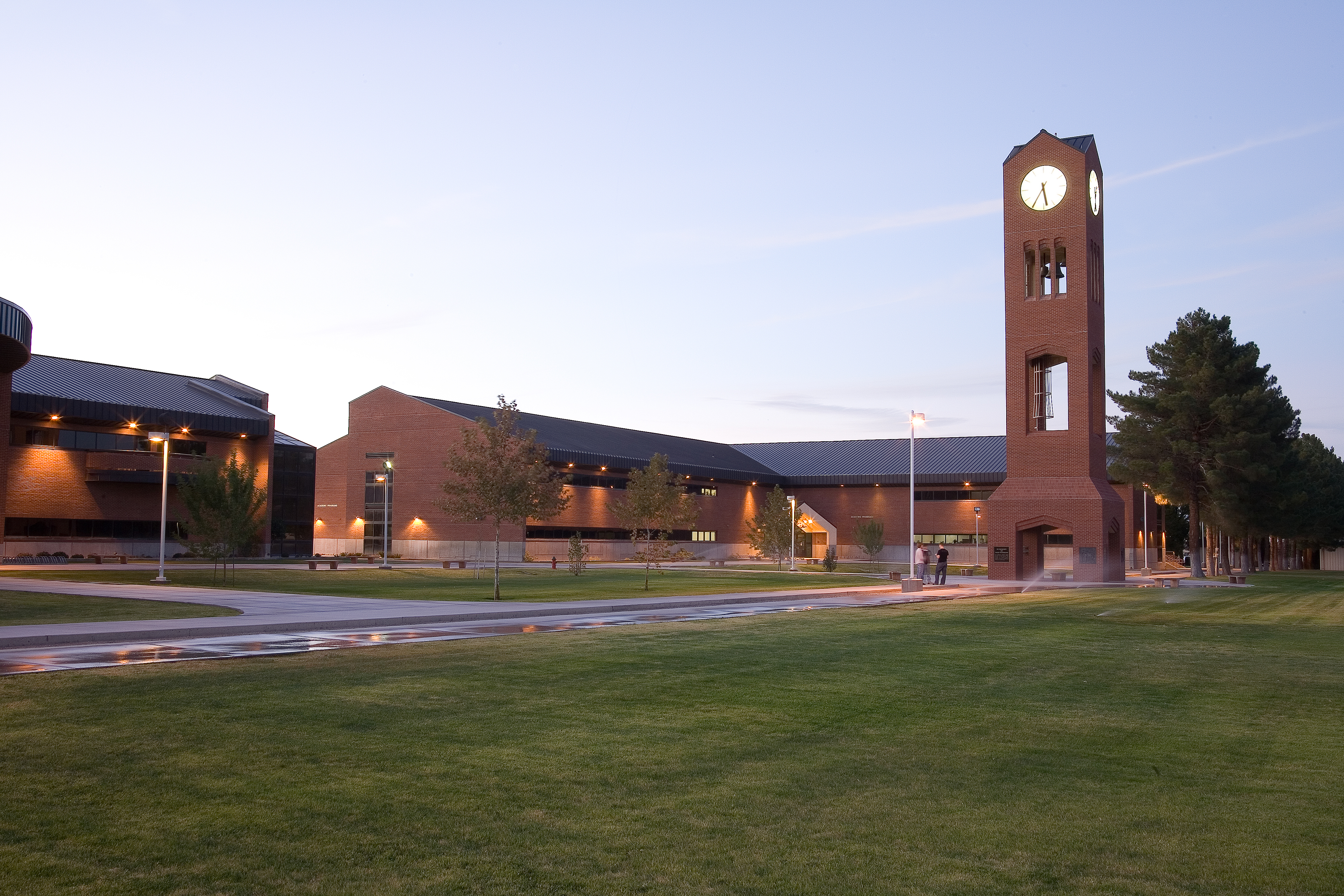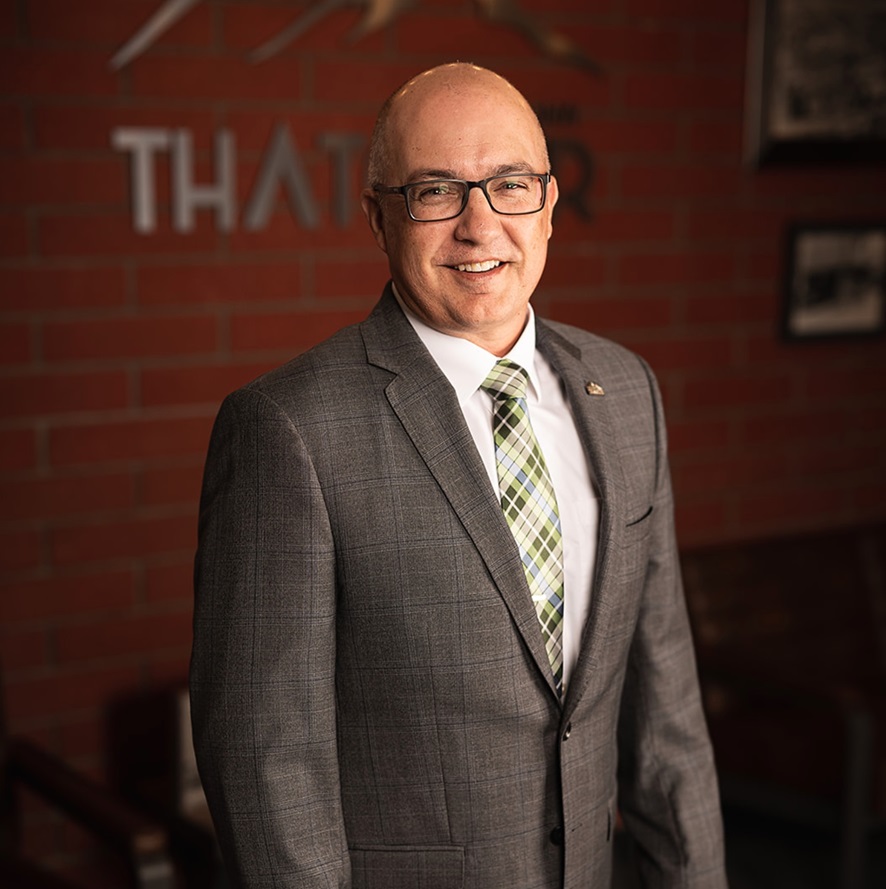Public power utilities are seeing growth in customers that slightly outpaces the overall growth in U.S. population. Since 2014, the number of total customers of public power utilities has grown 2.24 million. When accounting for the typical number of people each residential customer serves, that’s more than 55 million people across 49 states and five territories served by a public power utility, or about 16% of the total U.S. population.
More than 70% of public power utilities have grown their customer base over the last decade, with the median utility seeing 7% growth in customers from 2014 to 2023. Given how small some communities served by public power are, what might seem like a drop in the bucket for a large utility could represent significant expansion for another. For example, the utility serving the town of La Grange, North Carolina, grew by about 400 customers, which represented a 28% increase. By comparison, CPS Energy, which serves the city of San Antonio, Texas, saw growth of about that many customers per week over the same time frame.
Handling this degree of population change requires adapting the utility to new demand, expectations, and culture.
Proactive and Deliberate
The city of Lehi in Utah has been in a period of booming growth. Since Joel Eves, power department director for the city of Lehi, started 12 years ago, the utility has gone from serving just over 15,000 meters to roughly 32,000 meters today.
Along with the growth in population, Eves said the peak demand has increased about 5 megawatts per year and overall sales have gone up 5-7% annually over the past 20 years.
Eves said parts of the movie Footloose were filmed in Lehi in 1983. The movie depicted a small, rural community. Since then, the nature of the community has changed significantly with the rapid growth.

While historic town buildings harken back to its farming roots, such as the prominent mill used in the movie, the growth has been fueled by an influx of technology companies. Eves said the area has been coined “the silicon slopes” due to the concentration of tech companies that call the city, which sits south of the Salt Lake City metropolitan area, home.
The growth has meant that Lehi has had to be very “proactive with infrastructure,” noted Eves, which has included building a substation every two years over the last 12 years. This development isn’t just about serving the load of the new companies and the people they bring, but in meeting the new expectations of a different type of customer.
Back when the community was more rural and agricultural, Eves said the utility could perform maintenance on parts of the system that might require a planned outage of an hour without giving advance notice. Now, the utility has to be more thoughtful about the effects and duration of any such work.
“The demographic of the customer we have is a technology-type person that relies on broadband services. We have to make sure that we're a lot more careful when we're having outages — it's just changed the culture.”
Eves said there has been a deliberate approach to adjusting the culture within the electric department to adapt at a more sustainable pace. “Although we’ve had a lot of new people, we’ve done everything we can to support the people we have,” he said. “Anything that our crews want to do to learn and grow, we really try to support them in doing that because we're going to need them in the future, and they are a vital asset.”
That has included keeping utility growth in check relative to the community growth. “I have not wanted to base our employee growth off just simply infrastructure growth, because that could stop and I don't want to have to ramp down and lay people off,” said Eves.
In comparing Lehi’s operating and maintenance expense per customer, as detailed in APPA’s Financial and Operating Ratios of Public Power Utilities report, Eves noted that the department’s metrics fall well within the first quartile for its size and region. Department employees have discussed this strategy as a team, and Eves noted that team members were on board with the need to work a bit harder to keep up.
“Don’t grow too fast, you don’t know what tomorrow is going to bring. Put those dollars into training and into those tools to do a good job. We have our processes figured out, and our team is amazing. The hard thing is finding new resources,” said Eves.

To overcome the challenge of finding new power supply, Lehi built a 22-MW natural gas-fired peaking plant that allows the city to access its own generating capacity or dispatch it to others. Even with that plant in place, Eves said Lehi continues to look at every option it can for resources, and works with Utah Associated Municipal Power Systems to procure supply and determine when to run the plant.
Eves doesn’t see the pace of growth slowing anytime soon. One of the tech companies with a larger presence in the city has plans that would expand its workforce by another 800 people.
“Because we’ve been so proactive, we are out far ahead enough we’re doing well,” said Eves. While the utility infrastructure is keeping pace, he said the utility is looking to secure more peaking generation as well as baseload resources.
“We’ve proactively worked hard when we know a big development is coming,” he said. That has meant working with an expanded pool of suppliers when ordering materials, getting to know the developers, and being willing to take risks and order materials in advance. For the last part, Eves said the utility has grown its warehouse “substantially”, which has helped overcome some supply chain challenges.
“We have a lot of material needs. Our partnerships are what helped us get through the difficult times,” he added.
The city has been able to support new infrastructure through impact fees, which allow the utility to allocate a portion of projects to new developments. Eves said that means that as new community members come in, the infrastructure created to support them is covered by the new customers, so longtime residents don’t subsidize the cost.
Minimal Effects from Big Change
The town of Thatcher, Arizona, has seen moderate growth in its population the past decade, but its community-owned electric utility experienced significant customer growth as the town opted to take on all customers within the city limits, a portion of whom had been served by a neighboring cooperative.
Heath Brown, Thatcher’s town manager, said the town council had always had the authority to claim any residents living within the town limits as customers, so when town leadership decided to bring all residents in, it wasn’t a complex nor lengthy legal matter to do so. Rather, they wanted to be thoughtful about how the move would affect customers and the coop.
Since the agreement took effect in 2016, Thatcher has seen its number of customers rise from about 1,400 to nearly 3,000.
The town made sure to give ample notice to customers who would be moving from the coop to the public power utility at the time of the switch, including through public meetings and in sending letters. Brown said that from the customer point of view, the change was not difficult, as it helped them to feel that they were fully part of the town and would see immediate benefits in terms of lower costs and getting their deposits back.

“We had nearly zero complaints from the switchover,” he said. In addition to lower costs, the change also meant the newly added customers would have fewer bills to manage, since the town consolidates various services into one bill.
“The easy part was we have really low rates. They were all going to see a decrease in their electric bill. So that was painless for them,” he added. In 2023, Thatcher’s average revenue per kilowatt hour was 16% lower than the coop’s.
The town wanted to minimize the effects on the utility staff and the coop and so worked out an arrangement where the coop still handles system maintenance for a monthly fee. Brown said the contract meant the coop didn’t have to lay off any employees, and the town didn’t need to take out a loan to fully pay for the added portion of the system.
“Bringing in all of the town has made us feel reunited and all citizens on an equal playing field,” said Brown.
Still, there are areas Brown said the two are trying to figure out when they arise, such as which entity is responsible for the various aspects of when power lines need to be relocated or improvements need to be made, such as who will get the necessary permits from the state. Brown said it is a careful balance between making sure the coop is fairly compensated and the town doesn’t feel overcharged for the work.
Brown said having the whole town included as customers makes projects easier to develop and implement. Thatcher has been moving to automated meters and is in the process of building a new substation, which will ultimately replace the current one in operation.

“Having the larger customer base helps keep our funds with enough balance to do these kinds of things when needed,” said Brown.
Looking ahead, the town is developing two 5 MW solar arrays that will help support future growth. The town of 5,500 people is near a large copper mine that is looking to expand. While the mine itself is not a utility customer, Brown said a lot of the town residents work at the mine, and its expansion could add 5,000 people to the area in the next ten years.
Brown is optimistic that current plans and projects will keep the utility in a good position over the next decade. He credits the town’s involvement with the Southwest Public Power Agency in helping Thatcher to plan for the future and better hedge against changes in energy prices, such as when the cost of natural gas spiked following the winter storm in February 2021.
“We are unique in that our electric system is only one part of everything we do with the town. When you look at our overall budget, electric is one part of the whole picture. That gives us a little flexibility in years where there's higher needs with the electric part of it, we can subsidize it, and we can transfer money out of the electric fund if we have another need within the town.”

